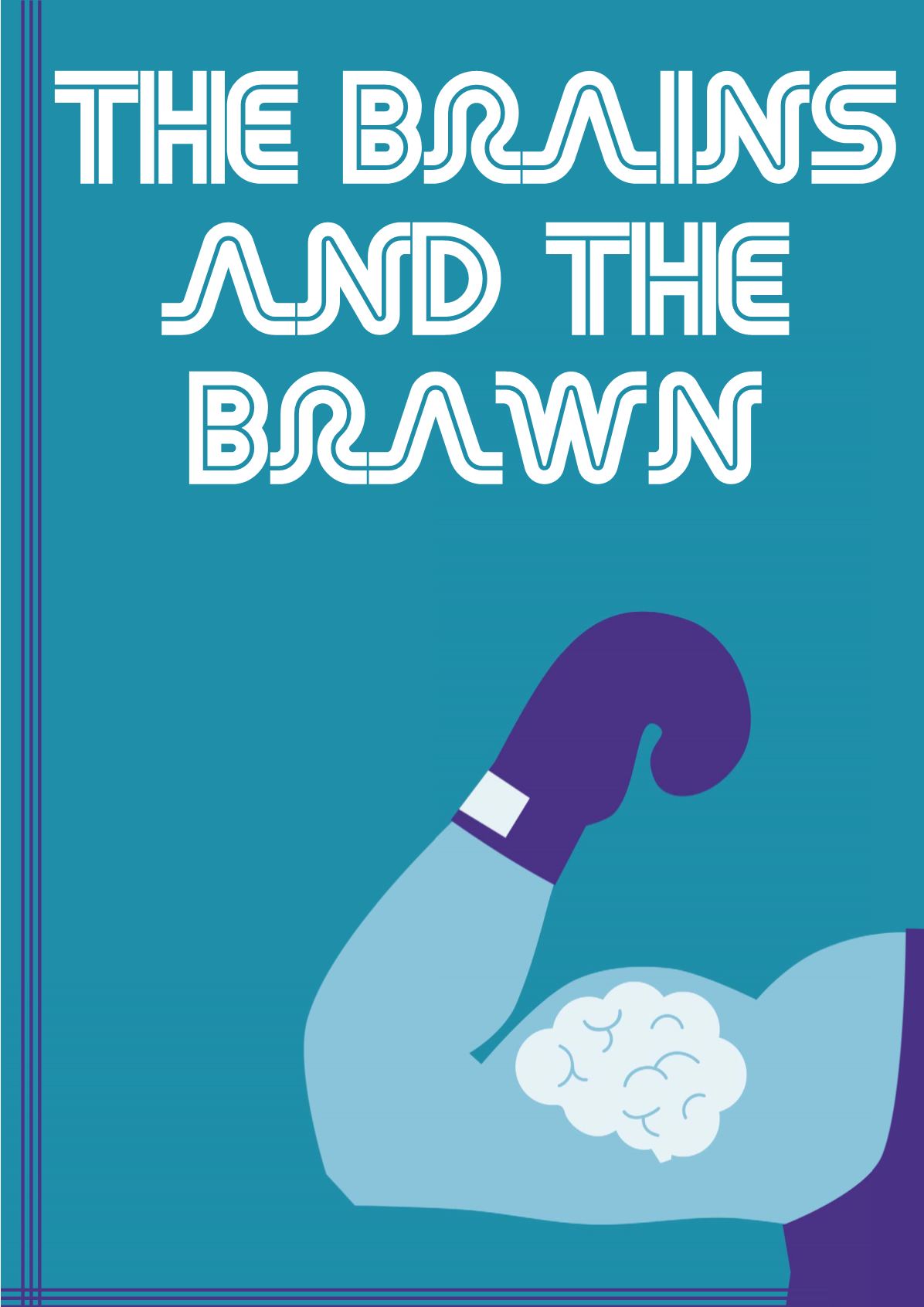
Dane Burden, T.D. Williamson, USA, explores the impact of machine
learning on inline inspections undertaken by intelligent pigs.
I
f you have ever received a credit card fraud warning, it
was not because some kind soul at the bank was looking
out for you and could not imagine you would pay
US$1000 for an Uber ride in Budapest, Hungary.
Instead, a statistical model trained to recognise typical
spending patterns saw the expense as inconsistent (the card
holder typically uses his card to pick up dry cleaning and get
gas, he cannot possibly be taking a shared car ride through
Hungary) and triggered the alert, shutting down the thief
and saving the card holder stress and money.
That is how machine learning (ML) works. Its
algorithms parse, analyse, and learn from data
so software or an App can make educated
decisions. A branch of artificial intelligence,
ML is a scientific way to get computers
to recognise patterns and learn from
data, and it is big business. In 2017,
the global ML market was valued at
approximately US$1.58 billion. By
2024, it is expected to be nearly
10 times that figure.
In addition to banking, ML
has been successfully deployed
for financial portfolios, healthcare
monitoring, and supply chain
management. The pipeline industry
59








